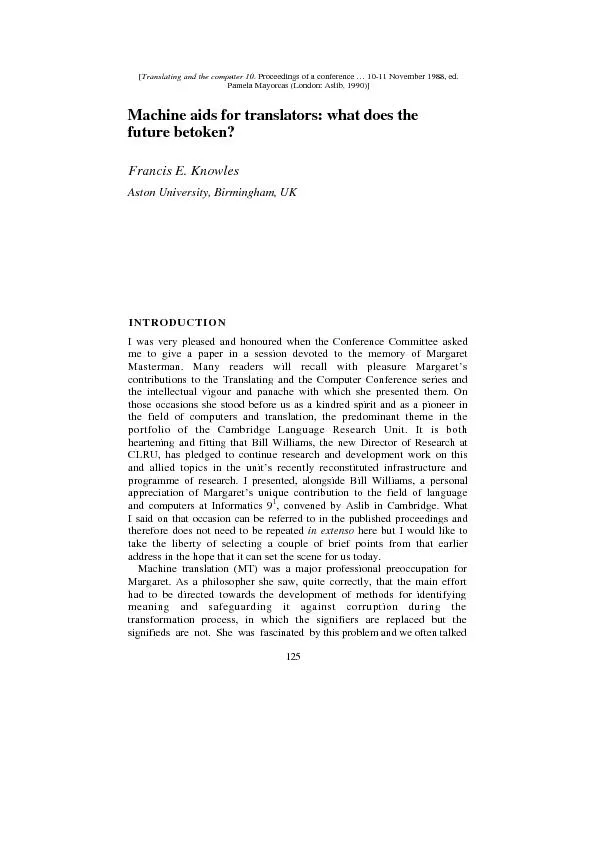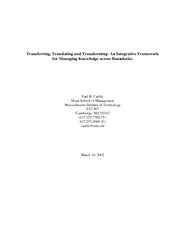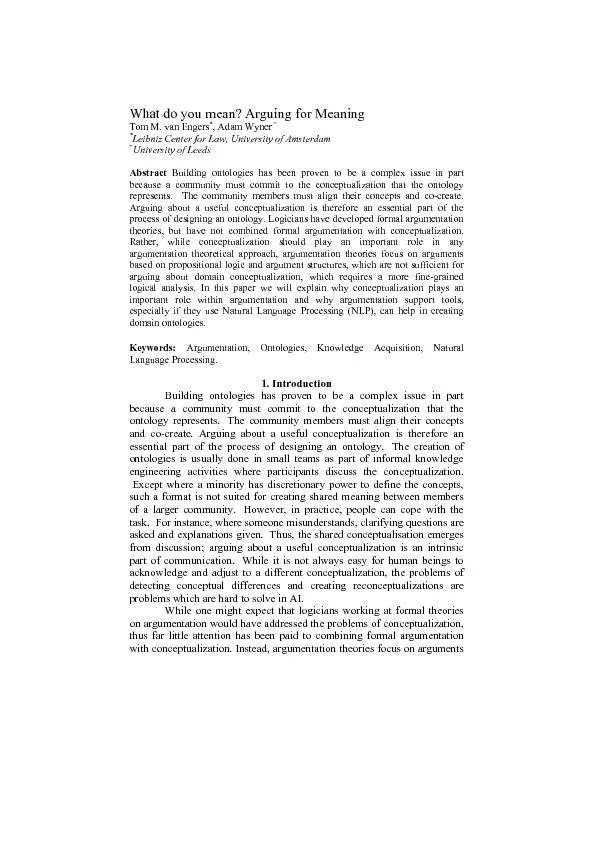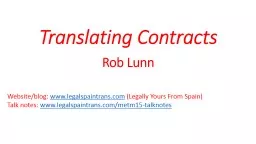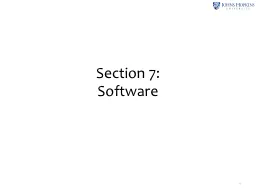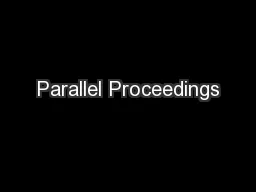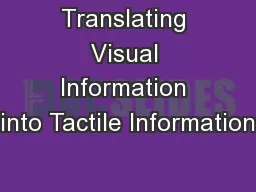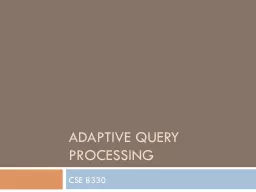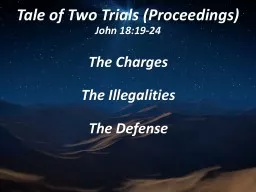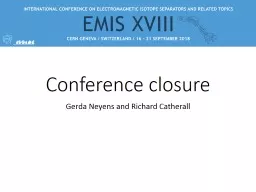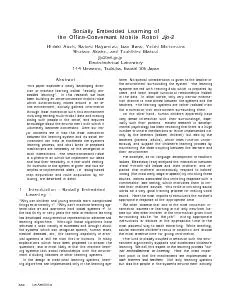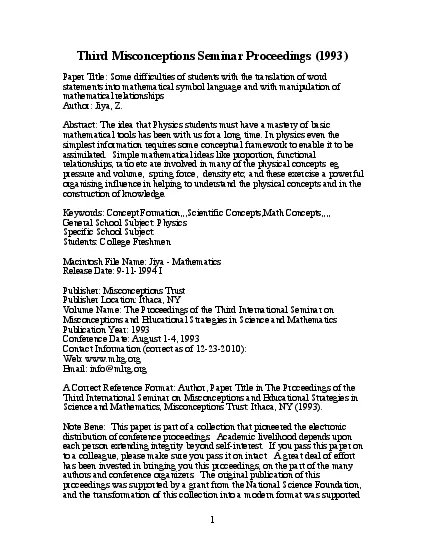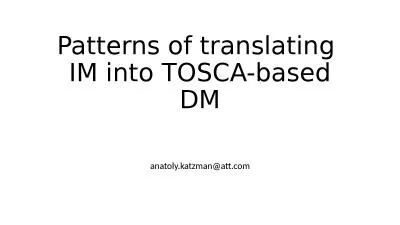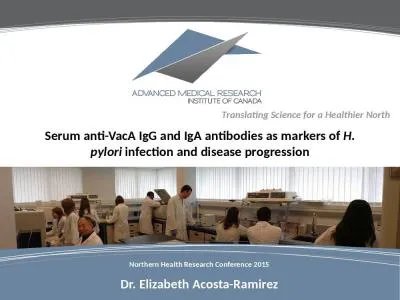PDF-Translating and the computer 10. Proceedings of a conference
Author : mitsue-stanley | Published Date : 2016-03-03
Pamela Mayorcas London Aslib 1990 at does the future betoken Francis E Knowles Aston University Birmingham UK INTRODUCTION I was very pleased and honoured when the
Presentation Embed Code
Download Presentation
Download Presentation The PPT/PDF document "Translating and the computer 10. Proceed..." is the property of its rightful owner. Permission is granted to download and print the materials on this website for personal, non-commercial use only, and to display it on your personal computer provided you do not modify the materials and that you retain all copyright notices contained in the materials. By downloading content from our website, you accept the terms of this agreement.
Translating and the computer 10. Proceedings of a conference : Transcript
Download Rules Of Document
"Translating and the computer 10. Proceedings of a conference "The content belongs to its owner. You may download and print it for personal use, without modification, and keep all copyright notices. By downloading, you agree to these terms.
Related Documents

